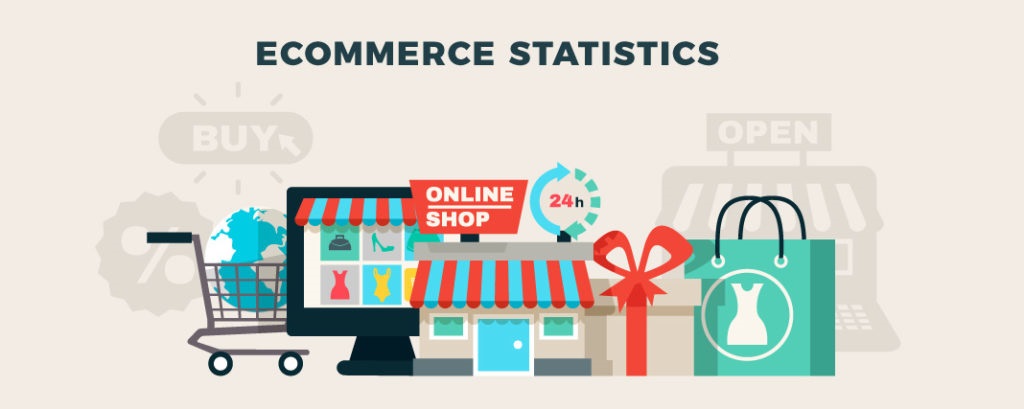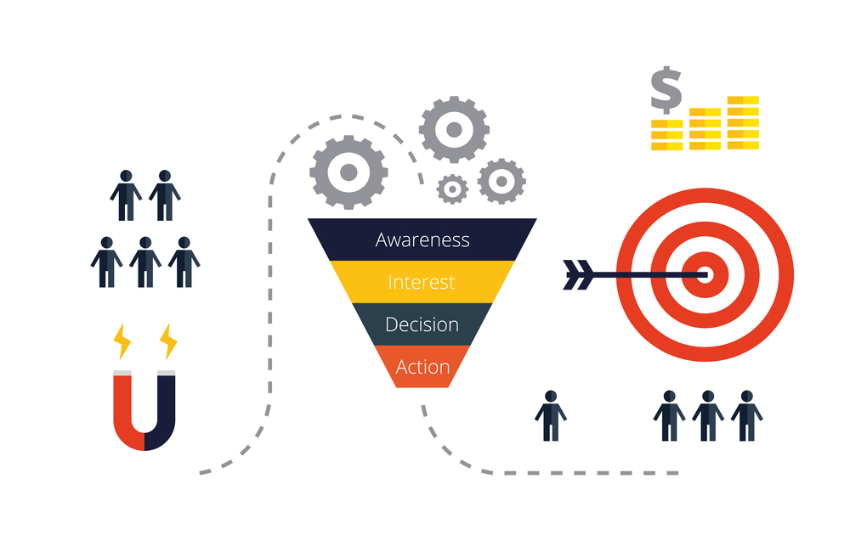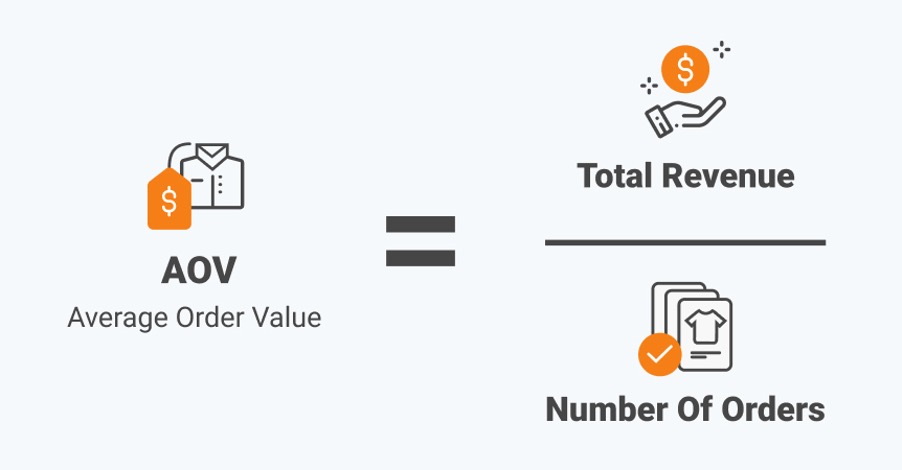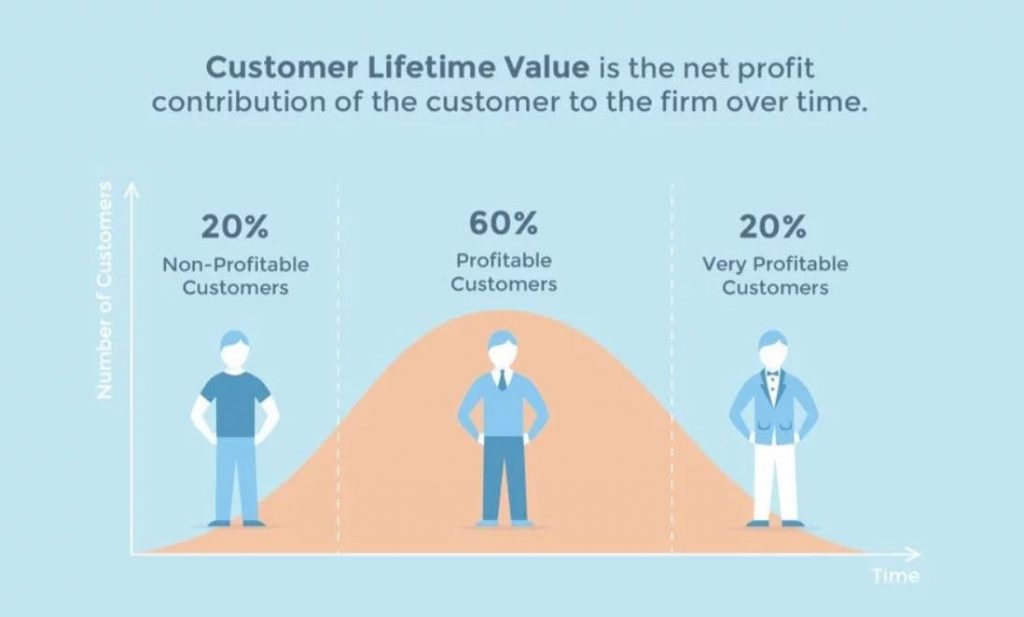04 Nov

Have you been looking for ecommerce statistics to use to help grow your business online? You are at the right place now.
Your ecommerce store holds data and metrics that represent your conversion rates, AOV and CLV and this data should be regularly measured. With this data, you can review your brand’s performance over an amount of time: prompting you to recognize how you can improve things like marketing, your websites user experience and more.
Let’s us explains in detail how to calculate and measure these metrics and how each one can boost your return on investment.
Starting with conversion rate in ecommerce.
What is Conversion Rate in E-Commerce?
An ecommerce conversion rate is the percentage of website visitors who purchased something from your online store (in a set period of time). In order to accurately define e-commerce conversions, you need to understand your business goals. This goal could be to convert more sales overall or to convert more sales on a specific product, but it could also be an action such as visitors filling out a lead form.
The average e-commerce conversion rates are 1% – 3% but this statistic will vary depending on the industry, the country or you are selling to, digital platforms you’re using and your site’s user experience on multiple devices.

Therefore, it best to measure your own conversion rate by tool to analyze how your conversion rates are currently performing and try to meet or exceed your own metrics rather than focusing on industry averages. Your conversion rate is the most important metric you can track and improve because you want to turn passing shoppers into loyal customers.
Furthermore, conversions can be divided into micro conversions and macro conversions.
Macro Conversion: A macro conversion is the ultimate goal of your e-commerce website, in e-commerce this is product purchases. This can be specific to a particular product or it can be an overall metric.
Micro Conversion: A micro conversion measures the early actions of a customer’s journey before they take the desired action of completing a purchase. This could be actions like subscribing to your newsletter, spending a certain amount of time on your product page or clicking “add to cart” button on a product.
How to Calculate E-Commerce Conversion Rates?
This is the basic calculation for e-commerce conversion rates:
Take the total e-commerce transactions and divide that number by the total number of visits on your website. Then x 100 = conversion rate.
Example 1: (14 transactions / 100 visits) x 100 = a 14% conversion rate.
Example 2: (2,000 transactions / 100,000 visits) x 100 = a 2% conversion rate.
How to Increase Your Conversion Rate?
Before moving towards anything you need to understand how the visitors are interacting with your online store. Here are some points that you should study about:
- What’s the first thing visitors are clicking on?
- Are they staying on a particular product for a longer time?
- Are visitors looking at reviews before ordering?
- How many visitors are converting into customers?
This study can be done with the help of Google Analytic. Once you studied these points and you will get better understanding of what you are doing right and where you need to improve. Also, you can make necessary changes to turn visitors to customers and increase your conversion rate.
Also here are some effective ways to increase conversion rate.
- Add a pop-up to your site
- Remove unnecessary form fields
- Add testimonials, reviews, and logos
- Remove distractions
- Make the initial step really easy
- Add a third-party signup service
- Strengthen your CTA copy
- Add live chat to your site
- Remove shipping charges
- Re-marketing is important
- Offer a money-back guarantee
- Add a countdown timer
- Add a point of purchase upsell
- A/B test your headlines
What Does AOV Means In E-Commerce?
AOV stands for Average Order Value. It’s also an important metric for ecommerce owners to be aware of. In ecommerce AOV is used to measure the average total of every order placed by a customer over a defined period of time.
Moreover, AOV is used to drive decisions such as marketing, product pricing strategy, store navigation and much more. Increasing your e-commerce AOV can intensely accelerate your ROI. Hence, AOV should be monitored on regular basis to ensure ROI is increasing every month.
Does Your E-Commerce Store Hold a Good AOV Score?
Average order value depends on many variables such as industry, target audience, platforms, channels used and more. This means “good scores” vary a lot per category. It is best to measure your individual AOV and try to meet or exceed those metrics.
For instance, these statistics from Statistica show us that online jewelry and watch sales in the United States grew 39% year-on-year between 2012 and 2017, but online consumer electronics sales only increased by 16%.
How to Calculate Your AOV?

You can easily calculate your e-commerce average order value by dividing your total revenue by the number of orders over a given period of time.
Example: Your total revenue for November was £20,000 and the total number of orders via your e-commerce store channels for November was 3,500.
20,000 / 1500 = 13.33
Based on this data, your average order value (AOV) during November was £13.33.
How to Improve Your AOV?
Here are some tips to improve your average order value. These strategies attract visitors to purchase.
- Offer free shipping
- Give product discounts
- Provide bundle deals
- Give a gift card
- Show cross-sell and up-sell items
- Have a loyalty program
- Offer time-sensitive deals
- Discount on bulk orders
- Creating a game or contest
Amongst all offering free shipping and product discounts are the amazing tactics to apply.
What Does CLV Means in E-Commerce?
Customer Lifetime Value (CLV) it is the value a single customer contributes to your business over the lifetime they are with your brand. It is the estimated amount of total purchases one customer will make with your business over that lifetime.
Shopify says, “lifetime value takes repeat purchases into account to calculate the value of any given customer acquisition. LTV of a one-time buyer would obviously be much lower than that of a customer who buys repeatedly from your site.”

Why CLV is Important?
Customer lifetime value is important because, the higher the number, the greater the profits. You’ll always have to spend money to acquire new customers and to retain existing ones.
Customer Lifetime Value prompts e-commerce managers to remember how valuable customer retention and brand loyalty is. After all, it is cheaper to retain customers than it is to attract new customers: it costs up to five times more to acquire new customers! And, repeat customers spend, on average, 67% more than new customers.
How to Calculate CLV?
This is how you can calculate your CLV:
- Divide your company’s total revenue in a time period by the number of purchases over the course of that same time period.
- Calculate the average purchase frequency rate: divide the number of purchases over that same course of the time period by the number of unique customers who made purchases during that time period.
- Then, calculate customer value: multiply the average purchase value by 1, and subtract the average purchase frequency rate from that number.
- Calculate average customer lifespan: average out the number of years a customer continues purchasing from your company.
- Then, calculate Life Time Value: multiply customer value by the average customer lifespan. This will give you an estimate of how much revenue you can reasonably expect an average customer to generate for your company over the course of their relationship with you.
Tips to Improve CLV
Here come some effective tips to improve your CLV:
- Segment your Email and SMS lists
- Build products or service that complement existing offerings
- Take advantage of the freemium model
- Consistently send out coupon codes and other special offers
- Make use of Thank-You Emails
- Funnel traffic from social
- Create a seamless buying experience
- Offer a loyalty program
Follow these above mentioned tips and you will see improvement in your CLV.
Conclusion
By the end of the article you must be aware of why all of these metrics are important for your ecommerce business and now you know how to calculate them too. Hence, now you can track your performance and see where you stand with your competitors.
Do regularly measure these metrics and then follow the strategies and tactics described to improve every metrics.
